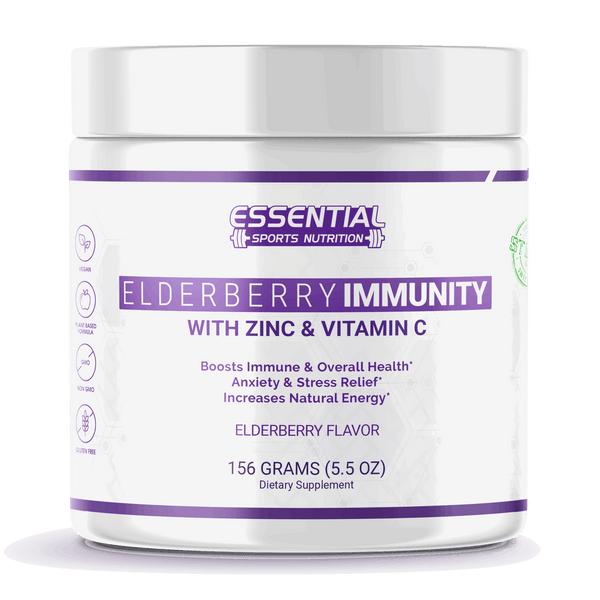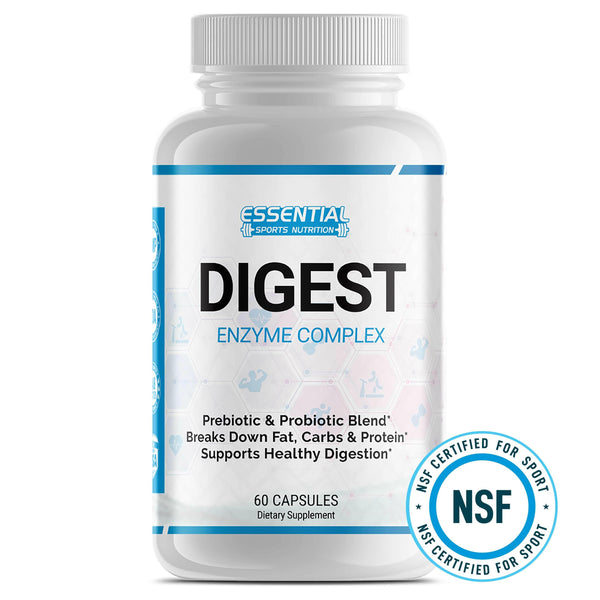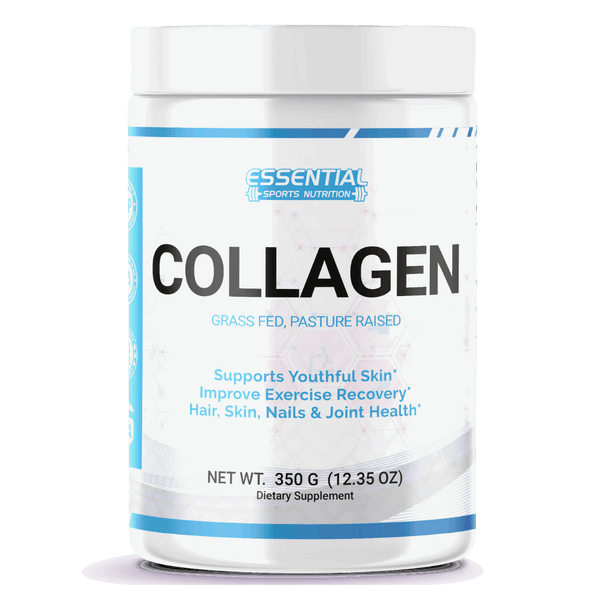Impact and Cost-Effectiveness of Food Fortification with Vitamins
You'll find that fortifying foods with essential vitamins is important and vital in combating nutrient deficiencies. This approach guarantees that staples like bread, milk, and cereal are enriched, effectively targeting micronutrient shortages with minimal additional cost. Global case studies highlight significant health outcome improvements and reductions in healthcare costs. For instance, biofortified bananas in Uganda have successfully decreased vitamin A deficiencies. While initial setup and ongoing monitoring incur costs, the overall economic analysis shows savings in healthcare expenditures from prevented diseases. Exploring further will reveal more detailed insights into its long-term benefits and challenges.

Key Takeaways
Vitamin enrichment in foods reduces healthcare costs linked to nutrient deficiencies.
Micronutrient fortification, such as folic acid, is cost-effective in preventing birth defects.
Leveraging existing food distribution systems minimizes additional costs of vitamin enrichment.
Fortified foods decrease the prevalence of chronic diseases, enhancing public health and reducing long-term medical expenses.
Monitoring and regulation ensure effective implementation, optimizing the cost-benefit ratio of enrichment programs.
Understanding Food Vitamin Enrichment
Food vitamin enrichment, a method of enhancing nutritional value, strategically adds essential vitamins to food products during production, offering a cost-effective solution to combat nutrient deficiencies in various populations. This approach targets micronutrient deficiencies effectively, particularly in regions where dietary diversity is compromised. By fortifying staples like bread, milk, and cereal with vitamins such as folic acid, vitamin D, and vitamin A, you're not just consuming food but also receiving tailored nutrient boosts that directly address public health concerns.
Your understanding of this strategy's effectiveness should include a thorough cost-effectiveness analysis. The initial costs of implementing vitamin enrichment programs are offset by the substantial benefits of reducing healthcare costs related to nutrient deficiency diseases. Economically, the return on investment for enrichment programs is compelling, as they lead to improved health outcomes and productivity gains among populations. Regulations play an important role here, ensuring that the enriched foods meet safety standards and deliver the intended nutritional benefits without risking overconsumption of any micronutrients.
As you further explore the specifics of food vitamin enrichment, it is important to appreciate how this preventive measure enhances food's nutritional value and fortifies the foundations of public health.
Benefits of Nutrient-Rich Diets

You'll find that adopting a nutrient-rich diet enhances your overall health greatly. Research consistently shows a correlation between such diets and a reduced risk of chronic diseases. It's important to consider how these dietary choices can optimize bodily functions and prevent health issues, potentially reducing healthcare costs.
Enhances Overall Health
Incorporating fortified foods into your diet greatly enhances your overall health by meeting essential nutrient needs and preventing common deficiencies. Food fortification serves as a critical health intervention, systematically addressing nutrient gaps in the general populace. By consuming enriched foods, you're not just filling these gaps; you're actively participating in a broader strategy aimed at improving health outcomes across various demographics. This approach guarantees that your immune function, energy levels, and overall vitality are supported by a robust intake of essential vitamins and minerals. Policy-oriented analysis confirms that such dietary practices, when implemented widely, can transform public health landscapes by securing the foundational health of communities, thereby underscoring the cost-effectiveness of food fortification as a preventive health measure.
Reduces Disease Risk
Reducing disease risk through nutrient-rich diets and vitamin-enriched foods greatly lowers the incidence of conditions such as rickets and neural tube defects. Fortification isn't just a health strategy—it's a cost-effective policy tool. Incorporating essential vitamins and minerals into the daily diet enhances your well-being and reduces potential healthcare expenditures linked with nutrient deficiency-related diseases. This proactive approach guarantees that children, pregnant women, and older adults receive the nutrients they require for peak health, fostering a cycle of health benefits and cost savings across various life stages. Consuming fortified foods effectively addresses nutritional gaps, ensuring that the population maintains robust health and mitigating the financial strain on public health systems.
Global Case Studies
Examining global case studies reveals that implementing vitamin-enriched food programs can drastically cut malnutrition rates and enhance public health outcomes. In Uganda, introducing biofortified bananas rich in vitamin A dramatically lowered vitamin A deficiency rates from 2001 to 2016. These bananas, developed through genetic modification and fast-tracking, are a prime example of how targeted food vitamin enrichment strategies can be cost-effective and impactful.
You'll find that the roll-out of these high-provitamin A banana varieties has been strategically accelerated to meet urgent health needs. This is not merely about improving nutrition but is a calculated move to maximize cost-effectiveness in public health interventions. By focusing on staple crops like bananas and plantains, which are widely consumed, the reach and impact of these programs are significantly broadened.
These adoption scenarios in Uganda have showcased potential income savings for families, which further underscores the cost-effectiveness of such nutritional interventions. By integrating vitamin A into the everyday diet of urban and rural populations through these accessible foods, Uganda is setting a compelling precedent for other countries battling similar nutritional challenges.
This approach leverages existing food habits to embed essential nutrients seamlessly into the diet, making it a sustainable model for global replication.
Economic Impact Analysis

Analyzing the economic impacts, food vitamin enrichment programs often involve significant recurrent production, marketing, and monitoring costs, yet they also present substantial cost-saving opportunities for healthcare systems. You'll find that the production costs, which are a major component, are essential for sustaining these fortification initiatives. It's important to take into account how these expenditures contribute to the overall cost-effectiveness of the programs.
Marketing and education are significant financial considerations in these programs. These elements are pivotal in raising public awareness and ensuring consumer acceptance. Without effective communication strategies, vitamin enrichment programs' uptake and ultimate success could falter, negatively impacting cost-effectiveness.
Monitoring and control costs also play a critical role in these initiatives. These costs ensure the quality of fortified foods and maintain program effectiveness, which, in turn, supports the economic rationale of continuing these programs. Evaluating these aspects is essential for understanding their impact on population health outcomes.
Public Health Implications

Implementing folic acid fortification policies has been instrumental in decreasing the prevalence of neural tube defects, underscoring the significant public health advantages of such nutritional interventions. Micronutrient fortification, particularly with folic acid, offers a robust example of preventive health measures that are not only pivotal but also cost-effective.
Here's what you need to take into account regarding the public health implications of these policies:
Neural Tube Defects Reduction: Folic acid supplementation has notably lowered the incidence of birth defects, showcasing an immediate health benefit.
Cost-Effectiveness: Studies consistently highlight the economic advantage of fortifying food with essential nutrients, which prevents costly medical treatments and long-term disability.
Broader Health Impacts: While the focus has been on neural tube defects, ongoing research is exploring the effects of folic acid on other health outcomes, like cardiovascular diseases.
Risk Management: It's imperative to monitor vitamin B12 levels to avoid negative side effects from folic acid supplementation in susceptible populations.
This approach enhances the population's well-being and relieves the healthcare system of significant burdens. Hence, adopting and supporting micronutrient fortification strategies remains a wise and beneficial policy direction.
Policy and Implementation

As you explore the legislative framework surrounding food vitamin enrichment, it's essential to understand how laws shape the execution of enrichment programs. You'll find that the effectiveness of these initiatives hinges on robust policy support and meticulous implementation strategies. Analyzing the data from various regions can provide insights into the cost-effectiveness of these public health policies.
Legislative Framework Overview
Why should you care about the legislative framework governing food vitamin enrichment? Understanding how these regulations shape the food you consume daily is pivotal. Here's what you need to know:
Policy Mandates: The legislative framework requires the inclusion of specific vitamins in certain food products to combat nutrient deficiencies widespread in the population.
Government Oversight: Agencies tasked with food safety guarantee these mandates are implemented correctly, safeguarding public health.
Compliance Mechanisms: Inspections and testing verify that food producers adhere to stipulated vitamin levels, ensuring the efficacy and safety of fortified foods.
Public Health Goals: The ultimate aim of these policies is to enhance nutritional health and well-being through better access to essential vitamins.
This regulatory environment directly impacts the nutritional quality of the food available to you.
Enrichment Program Execution
Having outlined the legislative framework, let's examine how enrichment programs like folic acid fortification are executed to achieve public health objectives. You'll find that these programs meticulously determine fortification levels to optimize public health outcomes without causing adverse effects. The implementation involves integrating essential vitamins into widely consumed grain products, ensuring a broad reach. This strategy is a cornerstone of cost-effectiveness in supplementation programs, leveraging existing food distribution systems to deliver health benefits at minimal additional cost. Additionally, ongoing research assesses the impact of these fortification levels, fine-tuning them to enhance their effectiveness and cost-efficiency. By addressing nutrient deficiencies on a large scale, fortified foods significantly prevent conditions like neural tube defects.
Challenges and Limitations

One significant challenge in food vitamin enrichment programs is ensuring that fortified products are properly distributed to targeted populations. This difficulty is compounded by several interlinked factors:
Cost of Fortification: The financial outlay required to fortify products can be substantial. You're paying not only for the vitamins but also for the integration into manufacturing processes and potential modifications to production lines.
Sustainability of Funding: Securing ongoing financial support is vital. Whether the funds come from public sources, private investment, or a mix, consistent and reliable funding streams must be established. Without this, long-term program viability is at risk.
Consumer Acceptance: For any food fortification effort to be effective, the end products must be accepted by consumers. If the public perceives the taste, texture, or other attributes of fortified foods as subpar, they won't buy them, defeating these initiatives' purpose.
Monitoring and Regulation: Ensuring that the right amount of vitamins is consistently added requires robust quality control measures. This involves not only the food manufacturers but also regulatory bodies that must oversee and enforce standards.
Navigating these challenges requires adept policy planning and a commitment to ongoing evaluation and adaptation.
Future Research Directions

To effectively advance food vitamin enrichment strategies, researchers must focus on evaluating their long-term importance and scalability across diverse populations. You'll need to delve deeper into how these interventions can be expanded sustainably and affordably in different cultural and economic contexts. This involves rigorous field studies and data analysis to ensure that solutions are both practical and beneficial on a large scale.
Future research directions should also explore innovative technologies and delivery systems that could enhance the importance of vitamin enrichment interventions. You're tasked with investigating how new methods such as nanotechnology or biotechnology could revolutionize the way nutrients are incorporated into everyday foods, potentially reducing costs and improving accessibility.
Moreover, it's critical to assess the direct impact of these enrichment strategies on health outcomes and healthcare costs. By linking vitamin enrichment to measurable health improvements and economic savings, you can provide compelling evidence to policymakers and stakeholders. This data will be essential for making informed decisions about implementing and funding these programs.
Conclusion
You've seen how fortifying foods with vitamins isn't just a drop in the ocean but a tidal wave of benefits. From bolstered public health to economic gains, the evidence is overwhelming. Yet, the road ahead isn't without hurdles—implementation challenges and disparities persist. Moving forward, policies must be sculpted precisely, backed by robust data, and tailored to meet diverse community needs. Your support can turn the potential of food enrichment into a global health revolution.
Cost-Effectiveness for Food Fortification FAQs
Q: What is food vitamin enrichment?
A: Food vitamin enrichment is the process of adding essential vitamins to food products to increase their nutritional value.
Q: How can food be fortified with vitamins?
A: Food can be fortified with vitamins during food processing, such as adding vitamin A to milk or fortifying flour with folic acid.
Q: What is the cost-effectiveness of food vitamin enrichment?
A: The cost-effectiveness of food vitamin enrichment refers to the economic efficiency of fortifying food with vitamins in terms of costs and benefits.
Q: Why is fortifying food with vitamins important?
A: Fortifying food with vitamins is important to address nutrient deficiencies in the general population and reduce the risk of certain health conditions.
Q: What are some common methods used to evaluate the cost-effectiveness of vitamin enrichment programs?
A: Common methods used include conducting systematic reviews, randomized controlled trials, and examining the cost per disability-adjusted life year saved.
Q: How do fortified foods impact public health?
A: Fortified foods can improve nutrient intake in low- and middle-income countries and contribute to public health goals set by organizations like the World Health Organization.
Q: What factors influence the cost-effectiveness of food fortification programs?
A: Factors include the program's annual cost, the type of food fortified, the target population, and the specific nutrients added.
Q: Is Food Fortification Cost Effective?
A: You're asking if food fortification is cost-effective. Yes, it generally is, by reducing nutrient deficiencies and healthcare costs. However, effectiveness depends on how well programs are targeted and structured.
Q: What Is the Relevance of Food to Food Enrichment?
A: Food is the canvas; enrichment is the paint that enhances its nutritional masterpiece. Adding crucial micronutrients ensures that every bite contributes to better health and supports essential bodily functions.
Q: Is the Enrichment of Food and Food Products Good or Bad?
A: Enriching food with vitamins is generally beneficial. It improves health outcomes by preventing nutrient deficiencies. It also supports ideal health, especially in communities lacking dietary diversity, by ensuring essential nutrients are included in daily consumption.
Q: What Is Vitamin Enrichment of Foods?
A: Vitamin enrichment is like giving food a power-up: adding essential vitamins enhances its nutritional value, which is vital for combating malnutrition and boosting health, especially in areas with limited dietary diversity.























